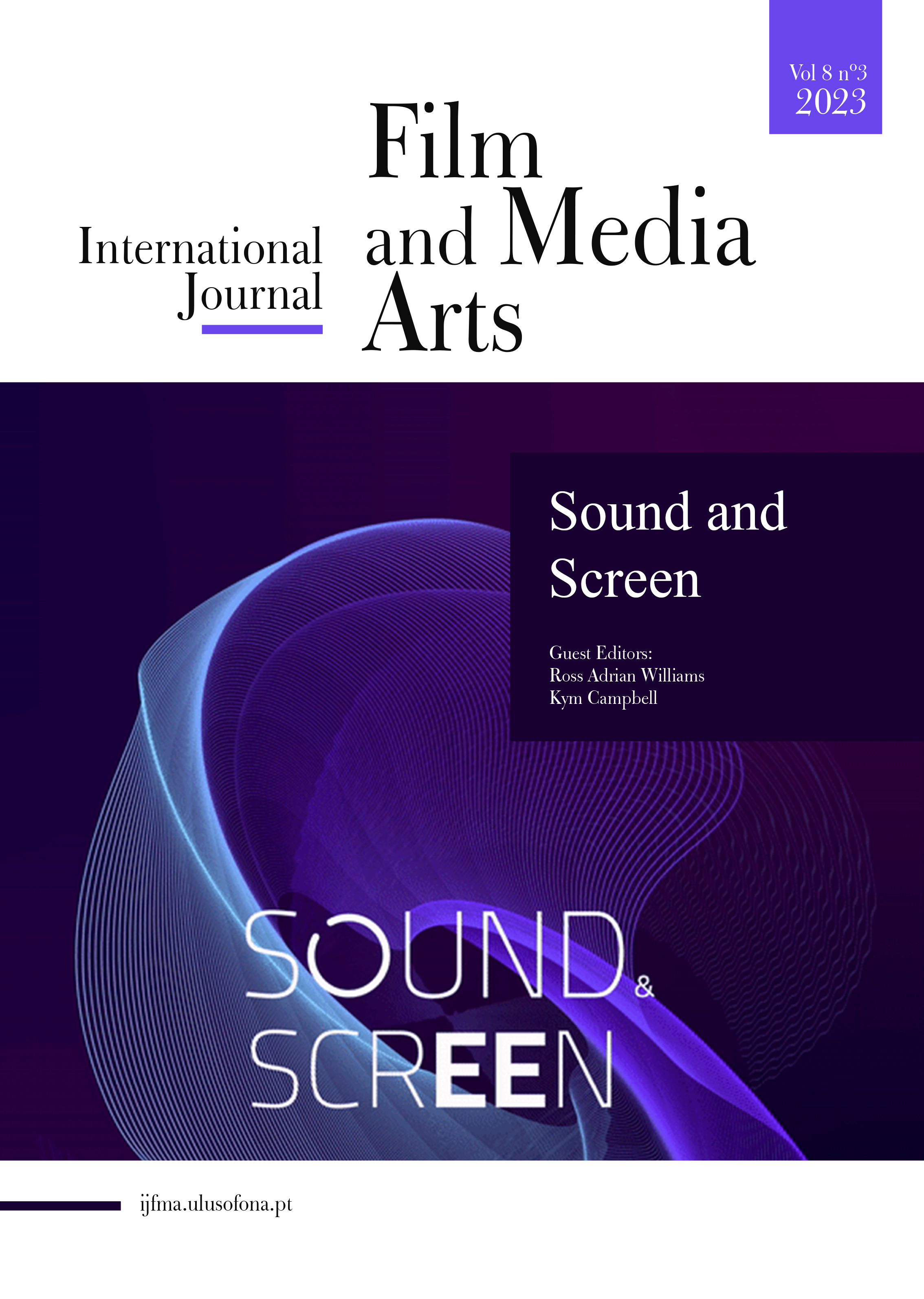The Construction of a Different Fantasmatic Body – Post-Cinematic Experience Between ASMR and Multi-Vocality
Abstract
This essay will explore how in a post-cinematic environment, the voice introduces new forms of subjectivity that are distinct from those of the traditional cinematic discourses. According to Mary Ann Doane, to an audience, the “body reconstituted by technology and practices of the cinema is a fantasmatic body, which offers a support as well as a point of identification for the subject addressed by the film.” (see: M.A Doane, Yale French Studies , 1980, No. 60, Cinema/Sound (1980), pp. 33/34.) The voice, the dialogue and the sound are part of this fantasmatic body together with the image, the space and spectator in the cinema.
But what happens when the framework of image production and image perception radically changes, creating a post-cinematic condition? A post-cinematic state – a condition of streams and networks that is the status quo of today’s digital culture. A state that not only affects aesthetics, but also changes the relationship between viewers, images, screens – and the very idea of subjectivity.
It is here that the voice emerges in new forms. Here it plays an important role in our perception and understanding of the world and of ourselves. By examining various post-cinema phenomena such as ASMR or Networked Voices, as seen in recent experimental films by artists such as Ryan Trecartin and Lizzy Fitch, this essay will demonstrate how the voice in post-cinema creates a multiplicity of perspectives that play a key role for new technologies that constitute a subject very differently.
Copyright (c) 2023 International Journal of Film and Media Arts

This work is licensed under a Creative Commons Attribution-NonCommercial 4.0 International License.











